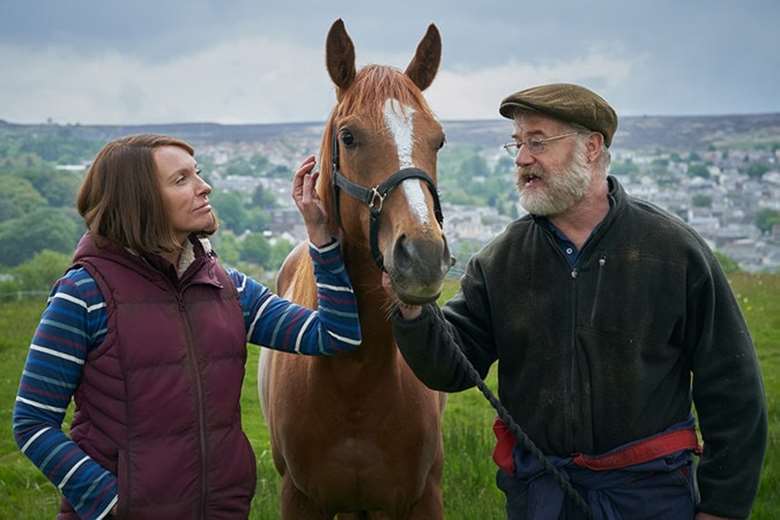From race courses to the Welsh valleys: composing for Dream Horse
Benjamin Woodgates
Wednesday, July 14, 2021
Benjamin Woodgates explores the inspiration behind his new movie score

Register now to continue reading
Thanks for exploring the Gramophone website. Sign up for a free account today to enjoy the following benefits:
- Free access to 3 subscriber-only articles per month
- Unlimited access to our news, podcasts and awards pages
- Free weekly email newsletter








